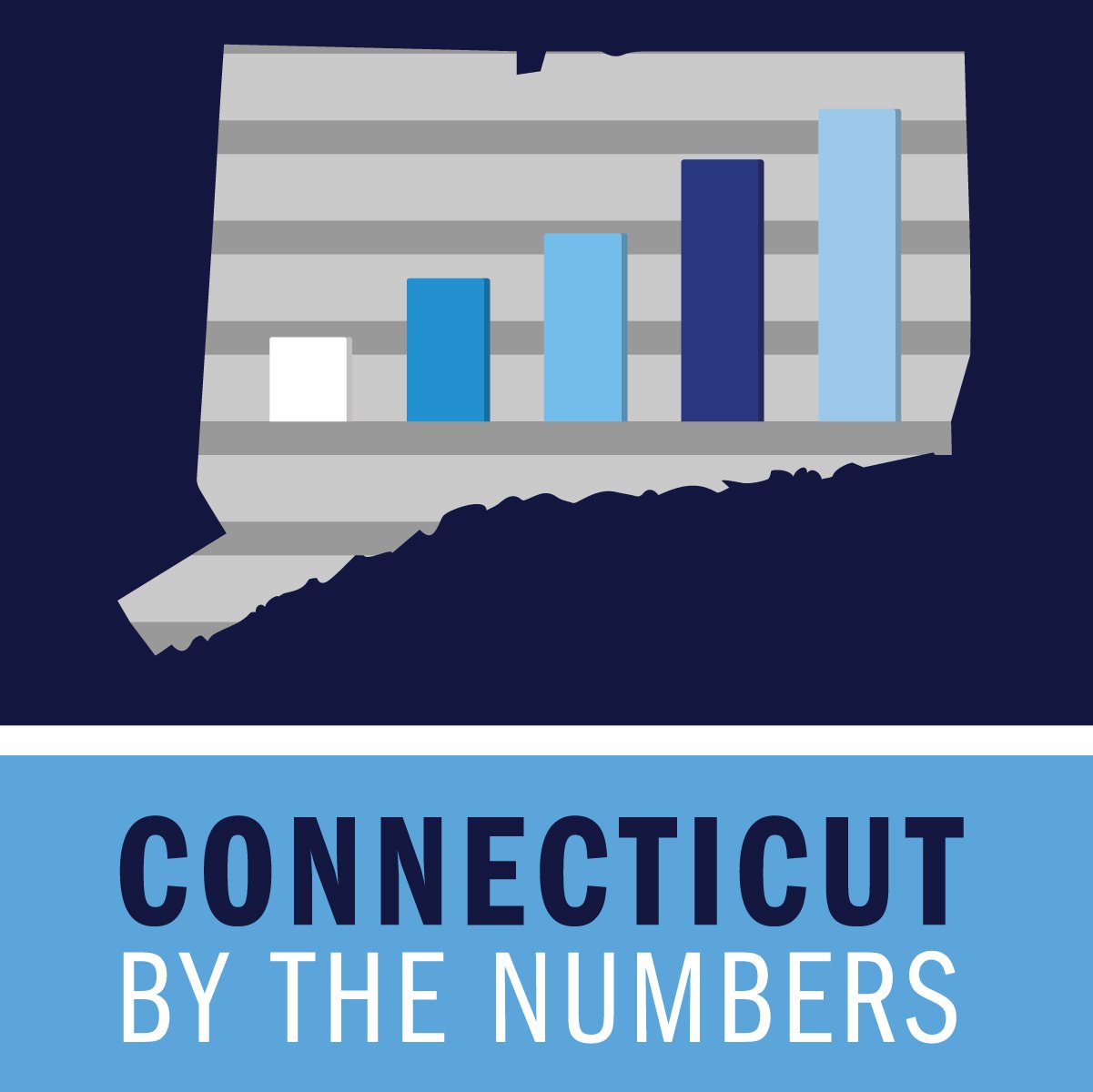Largest Community Survey in U.S. Now Underway in Connecticut; 15,000 People to be Interviewed
/The 2015 Community Wellbeing Survey is set to become the largest cross-sector community survey in the United States, interviewing 15,000 randomly-selected residents this spring and summer including individuals from every town and city in Connecticut. The initiative is creating the first-ever shared measures of quality of life, happiness, and community health across all neighborhoods, towns, regions, and the state as a whole. These interviews will reveal findings that are currently unavailable at a local level from any other public data source.
New Haven-based DataHaven is working with leaders from more than 100 stat e and local government agencies, major health care and academic institutions, and community and philanthropic organizations to design and conduct the program.
e and local government agencies, major health care and academic institutions, and community and philanthropic organizations to design and conduct the program.
The organization has combined many existing grassroots and regional efforts-including DataHaven's own 2012 Greater New Haven Wellbeing Survey-into a single, exceptionally high-quality survey covering all of Connecticut and a few adjacent sections of New York State.
Survey-takers are based at the Siena College Research Institute, a leading independent research organization near Albany with a staff of more than 100 highly-trained English- and Spanish-speaking interviewers. Calls began in April and will continue throughout the summer. (The survey calls will come from the 518 area code.)
“Our initial feedback from residents and our previous experience with this survey shows that people like to answer these questions,” says Mark Abraham, Executive Director of DataHaven, which is spearheading the campaign. “They are answering questions about their own happiness and health, their family’s financial security, and how their communities and neighborhoods are faring. These questions show that we care about how they feel.”
Seeing the potential impact of its results, dozens of Connecticut’s leading hospitals, government agencies, universities, and charities are backing the 2015 Community Wellbeing Survey with major donations. Supporters joining DataHaven include regional community foundations, United Ways, and health care providers located in Hartford, New Haven, Bridgeport, Stamford, Waterbury, New Britain, Norwalk, Danbury, Bristol, Derby, New London, and elsewhere.
This nationally recognized program provides neighborhood- and regional-level information not available from any other source on community vitality, health, family economic security, and individual happiness. Other topics such as civic engagement, transportation, housing,and employment – even satisfaction with government and community life – are included. The mission of the initiative is to produce the highest-quality, neighborhood-level information on issues that are most meaningful to local residents, and to foster collaboration between the hundreds of organizations, institutions, businesses, and agencies that are working to build stronger communities.
“With such a detailed snapshot, state and local community leaders will be able to better serve the health and well-being needs of our communities,” says Abraham.
Partners providing significant funding for the program are representative of each region of Connecticut:
- In Fairfield County, $200,000 has been committed by leading organizations such as Fairfield County's Community Foundation, Bridgeport Hospital, Stamford Hospital, Greenwich Hospital, and the United Way of Coastal Fairfield County.
- In south-central Connecticut, The Community Foundation for Greater New Haven along with Yale-New Haven Hospital, Workforce Alliance, United Way of Greater New Haven, and others have joined forces to commit over $100,000 in funding.
- In Greater Hartford and New Britain, the program has drawn over $100,000 in support from the Hartford Foundation for Public Giving, Community Foundation of Greater New Britain, Trinity College Office of the President and Center for Urban and Global Studies, Saint Francis Hospital and Medical Center, Johnson Memorial Medical Center, and others.
 Additionally, DataHaven has secured funding to ensure that residents of Connecticut's smaller cities and rural areas are included to the same degree as those living in its major metropolitan areas. Nearly $200,000 has been committed from organizations such as the Connecticut Community Foundation, Valley Community Foundation, Lawrence + Memorial Hospital, Ledge Light Health District, Community Foundation of Eastern Connecticut, Connecticut Housing Finance Authority, and others.
Additionally, DataHaven has secured funding to ensure that residents of Connecticut's smaller cities and rural areas are included to the same degree as those living in its major metropolitan areas. Nearly $200,000 has been committed from organizations such as the Connecticut Community Foundation, Valley Community Foundation, Lawrence + Memorial Hospital, Ledge Light Health District, Community Foundation of Eastern Connecticut, Connecticut Housing Finance Authority, and others.
Results from the survey will be published in a series of local and statewide reports throughout late 2015 and 2016, helping to shed light on progress made toward various longstanding community priorities, including financial security for families and opportunities for children to succeed.
"We believe the 2015 Community Wellbeing Survey, the most comprehensive local level survey of its type in the United States, will be of great value to neighborhoods and organizations striving to make our cities and towns even better places to live and work,"says Abraham.
DataHaven is a non-profit organization with a 25-year history of public service to Greater New Haven and Connecticut. DataHaven’s mission is to improve quality of life by compiling, sharing, and interpreting public data for effective decision making. DataHaven is a formal partner of the National Neighborhood Indicators Partnership of the Urban Institute in Washington, DC. Last fall, the Community Indicators Consortium presented an “Impact Award” to DataHaven’s Executive Director Mark Abraham, honoring Abraham with a trophy and opportunity to speak to the organization's annual assembly. Abraham illustrated how DataHaven and its partners across Connecticut have collected and used public data to advance community change.





 “We are equally fortunate in bringing Daniel Mackay to the Trust. Dan has tremendous experience, vision and a passion for historic preservation. We also know that he will nurture the relationships of the Trust with the Governor's office, our legislature and the other organizations we partner with. We are very excited for a bright future led by Daniel.”
“We are equally fortunate in bringing Daniel Mackay to the Trust. Dan has tremendous experience, vision and a passion for historic preservation. We also know that he will nurture the relationships of the Trust with the Governor's office, our legislature and the other organizations we partner with. We are very excited for a bright future led by Daniel.”

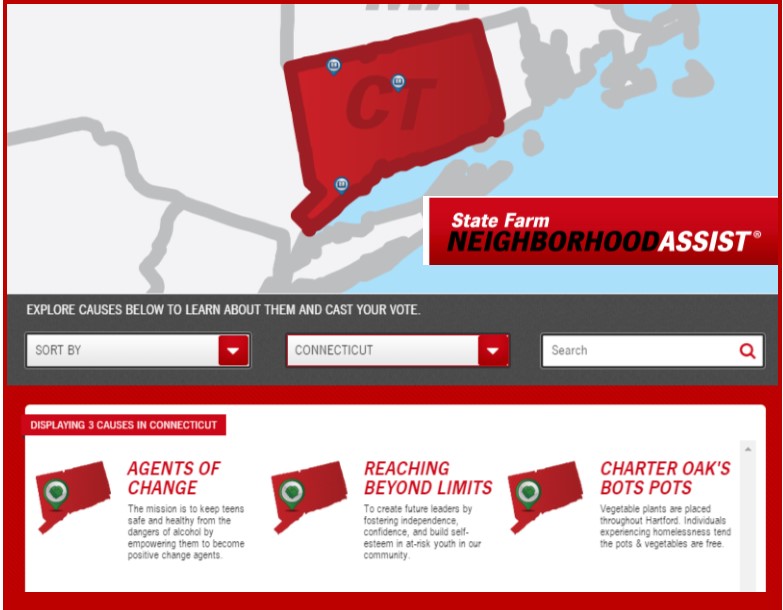



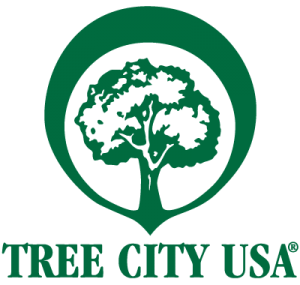
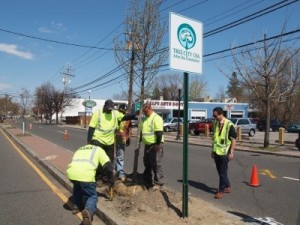 The Arbor Day Foundation also has a campus program, designating colleges and universities as a Tree Campus USA. The University of Connecticut is the only college in Connecticut to earn the designation.
The Arbor Day Foundation also has a campus program, designating colleges and universities as a Tree Campus USA. The University of Connecticut is the only college in Connecticut to earn the designation.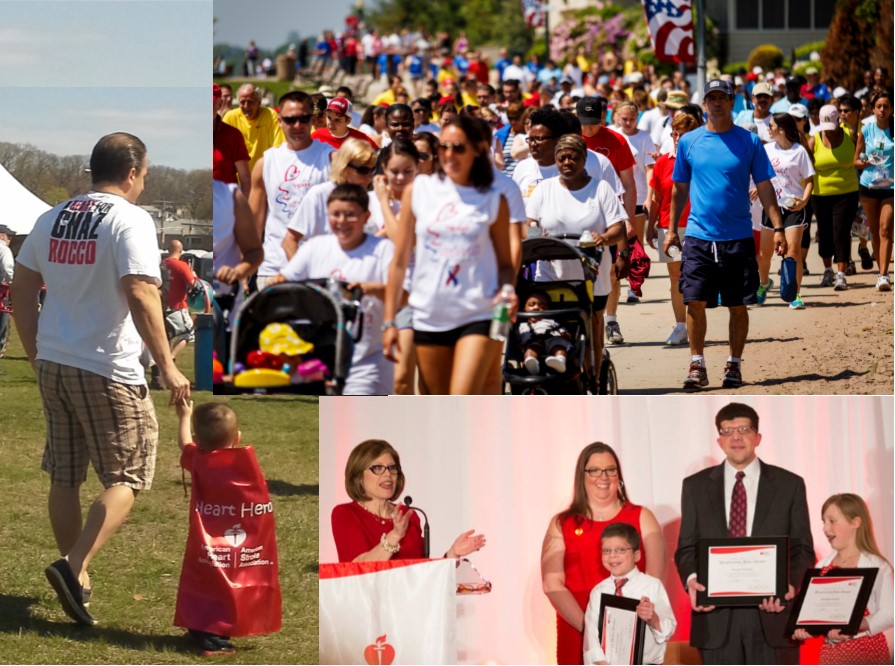
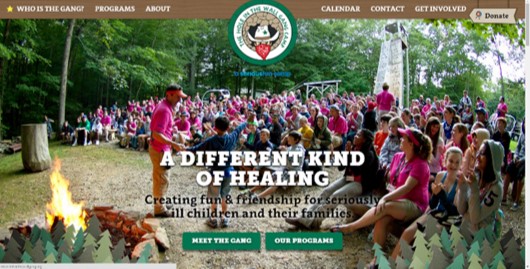
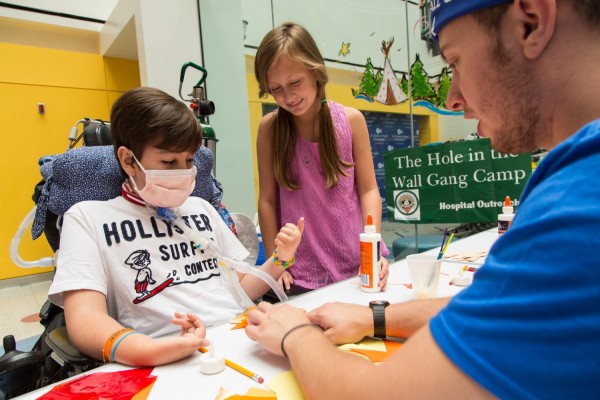
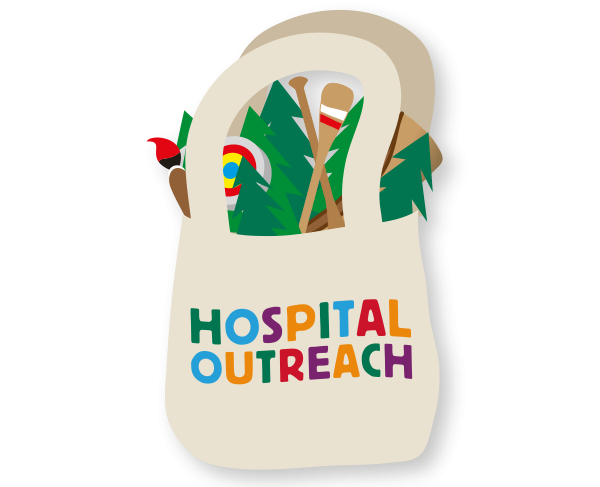 ll, there were “approximately 800 healing experiences with children and families throughout the week, bringing the safety, respect and love of Camp to many families” in Philadelphia.
ll, there were “approximately 800 healing experiences with children and families throughout the week, bringing the safety, respect and love of Camp to many families” in Philadelphia.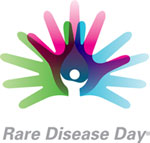

 iagnose, treat, and ultimately, cure NEC. Named after Morgan, it celebrates his survival, courage and strength. Morgan and his twin brother were born at 28 weeks, nearly three months early and each weighing less than 2.5 pounds. At four days old, Morgan developed NEC and lost approximately 20 percent of his small intestine. Morgan not only survived but has also thrived since his bout with NEC. The fund is his family’s way of paying it forward.
iagnose, treat, and ultimately, cure NEC. Named after Morgan, it celebrates his survival, courage and strength. Morgan and his twin brother were born at 28 weeks, nearly three months early and each weighing less than 2.5 pounds. At four days old, Morgan developed NEC and lost approximately 20 percent of his small intestine. Morgan not only survived but has also thrived since his bout with NEC. The fund is his family’s way of paying it forward.
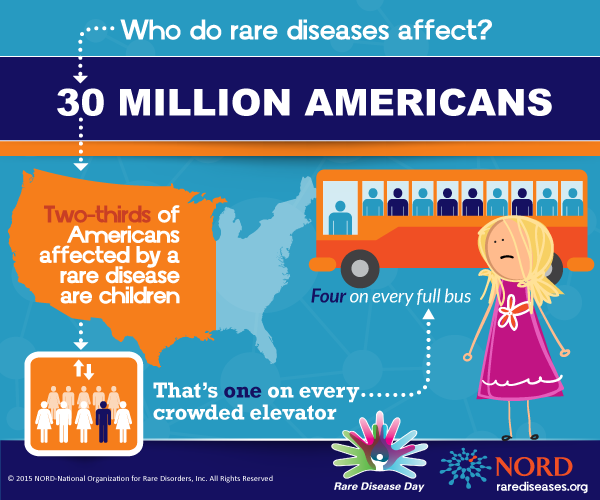


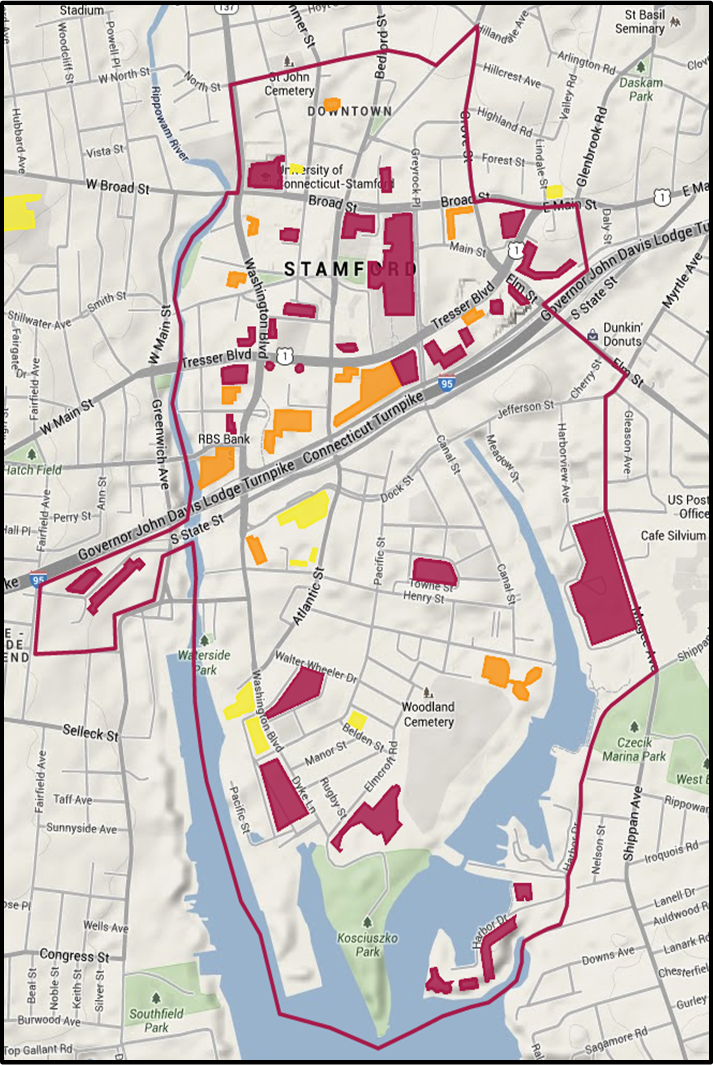 “These collective efforts will establish the Stamford 2030 District as an example of a financially viable, sustainability focused, multi-sector driven effort that maximizes profitability and prosperity for all involved. Through collaboration of diverse stakeholders, leveraging existing and developing new incentives and financing mechanisms, and creating and sharing joint resources, the Stamford 2030 District will prove the business case for healthy and high performing buildings.”
“These collective efforts will establish the Stamford 2030 District as an example of a financially viable, sustainability focused, multi-sector driven effort that maximizes profitability and prosperity for all involved. Through collaboration of diverse stakeholders, leveraging existing and developing new incentives and financing mechanisms, and creating and sharing joint resources, the Stamford 2030 District will prove the business case for healthy and high performing buildings.”






















